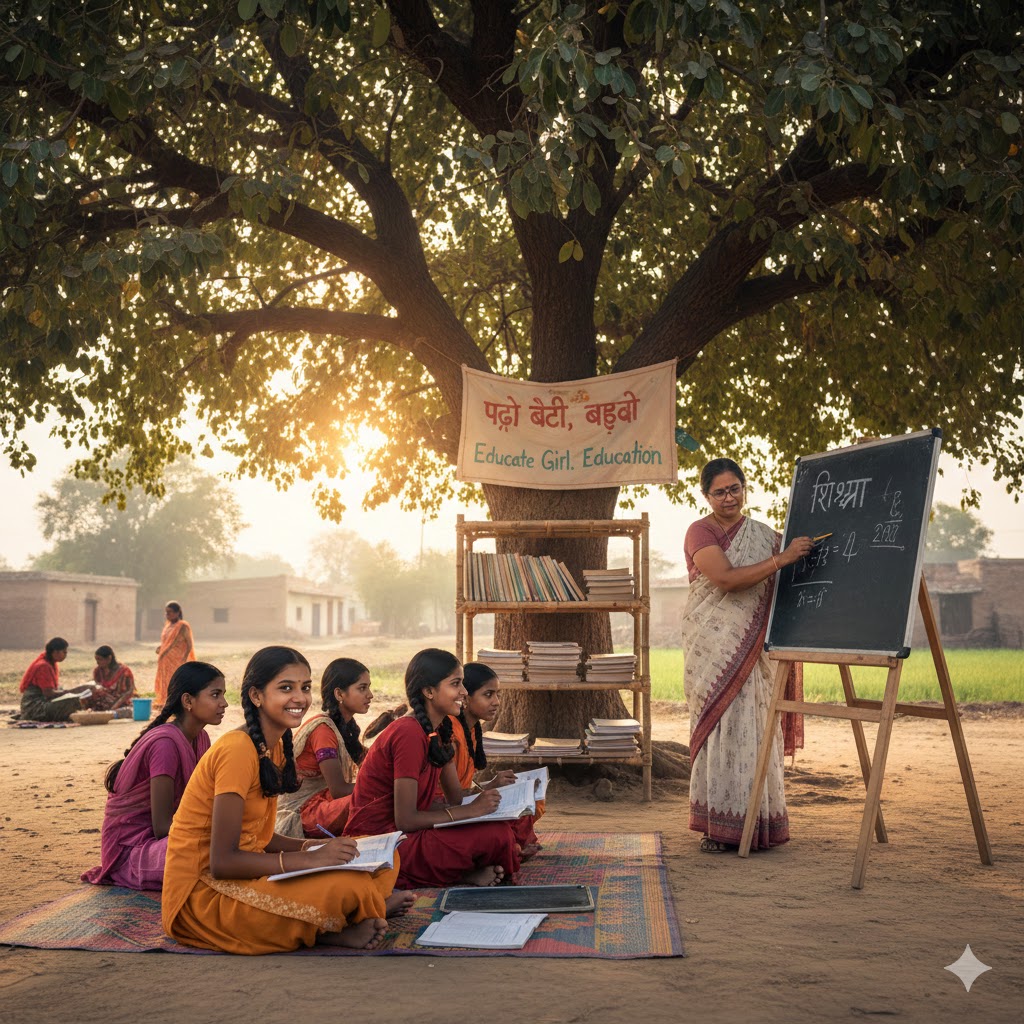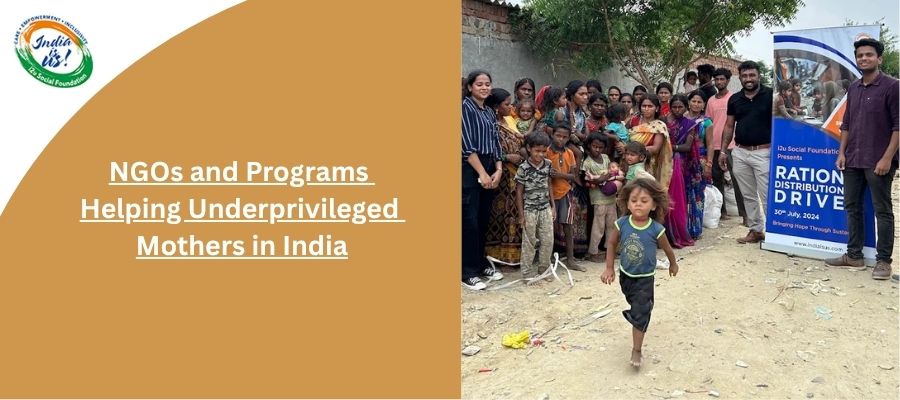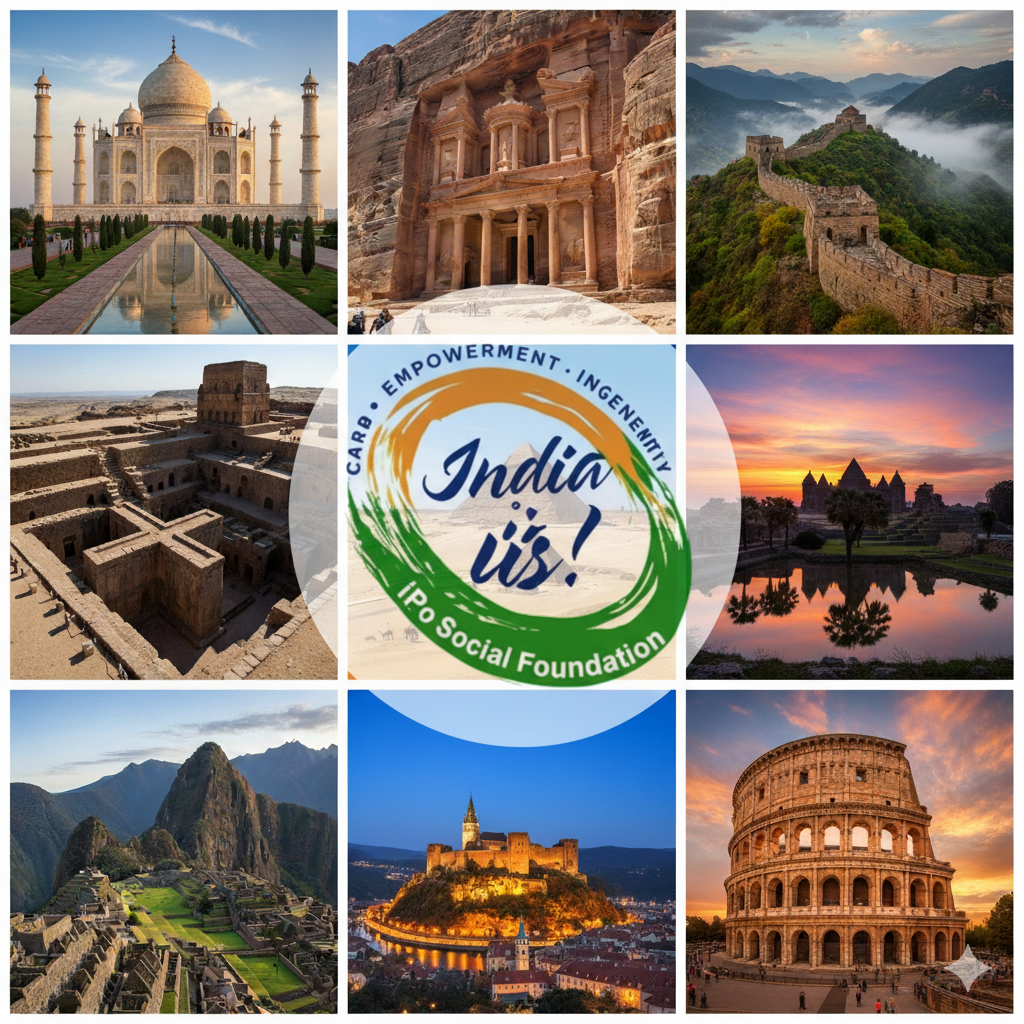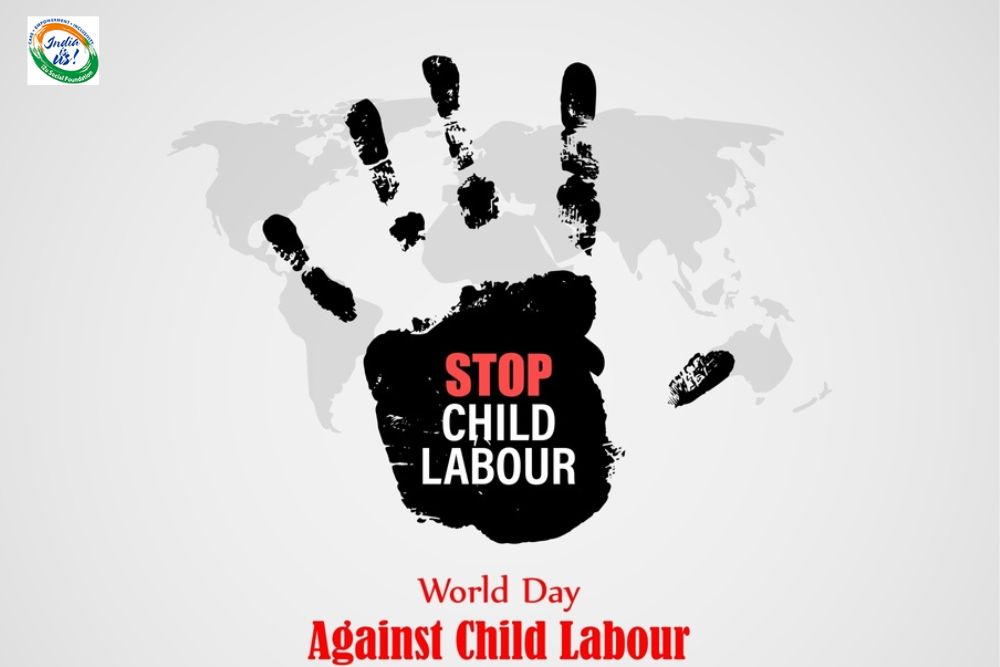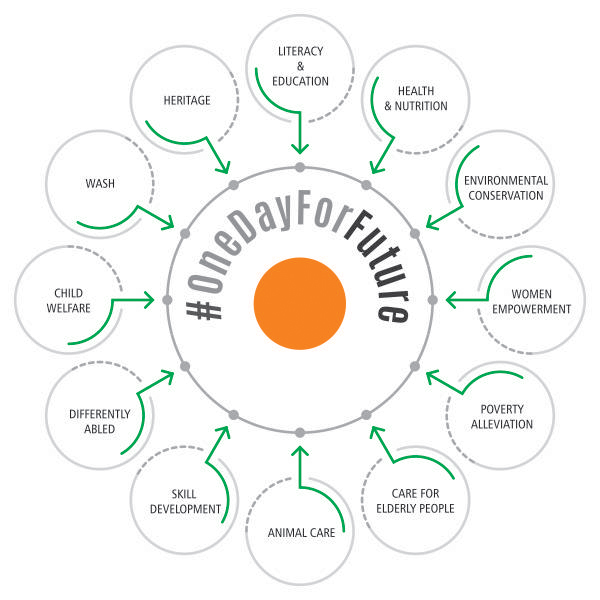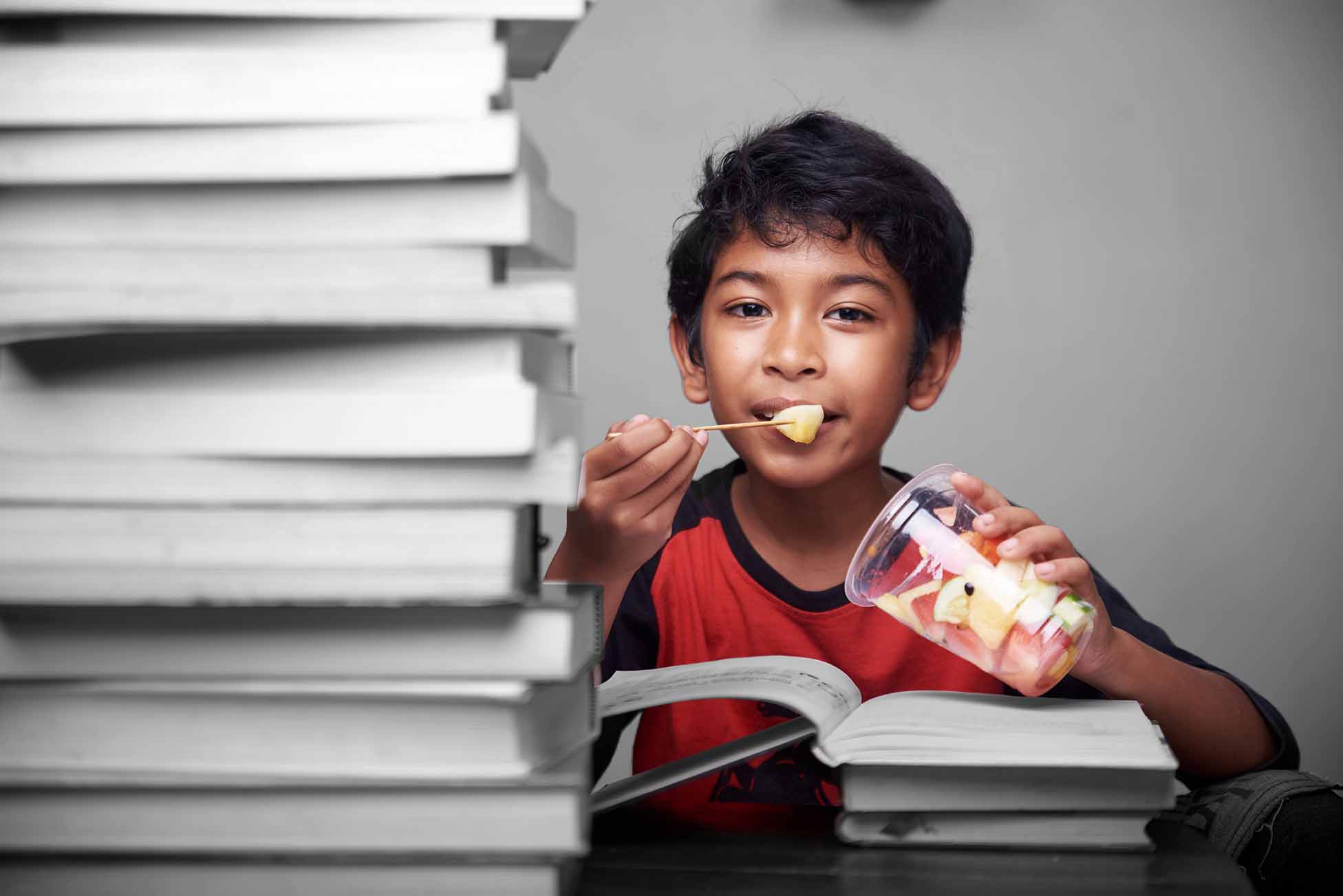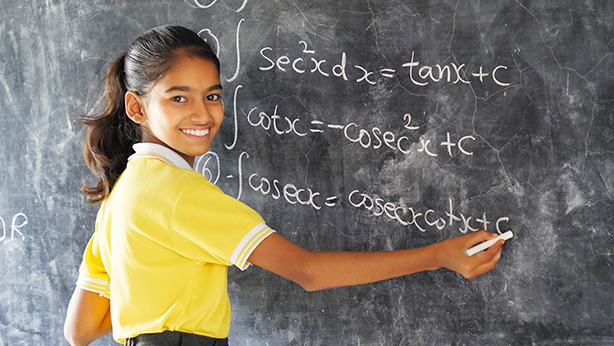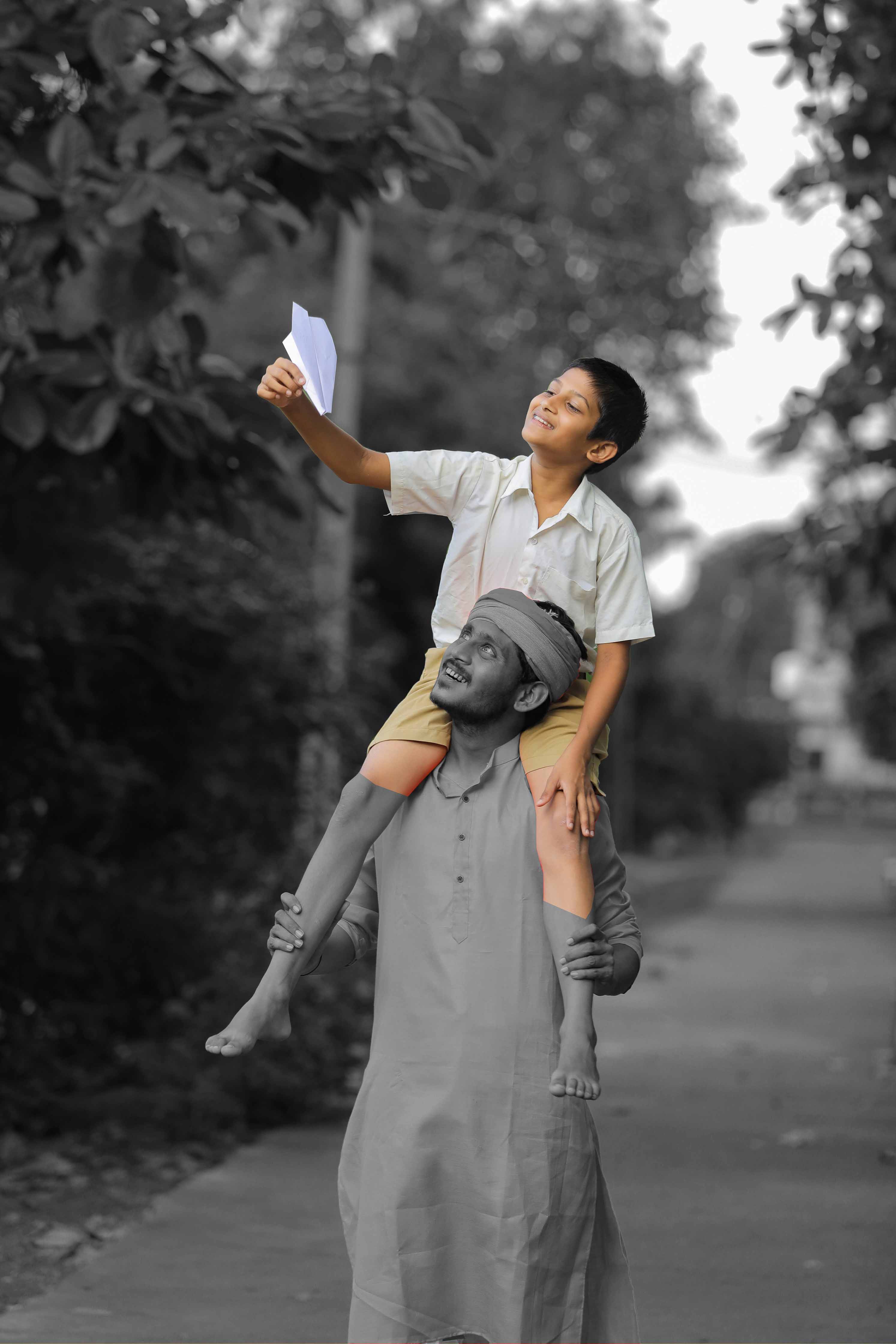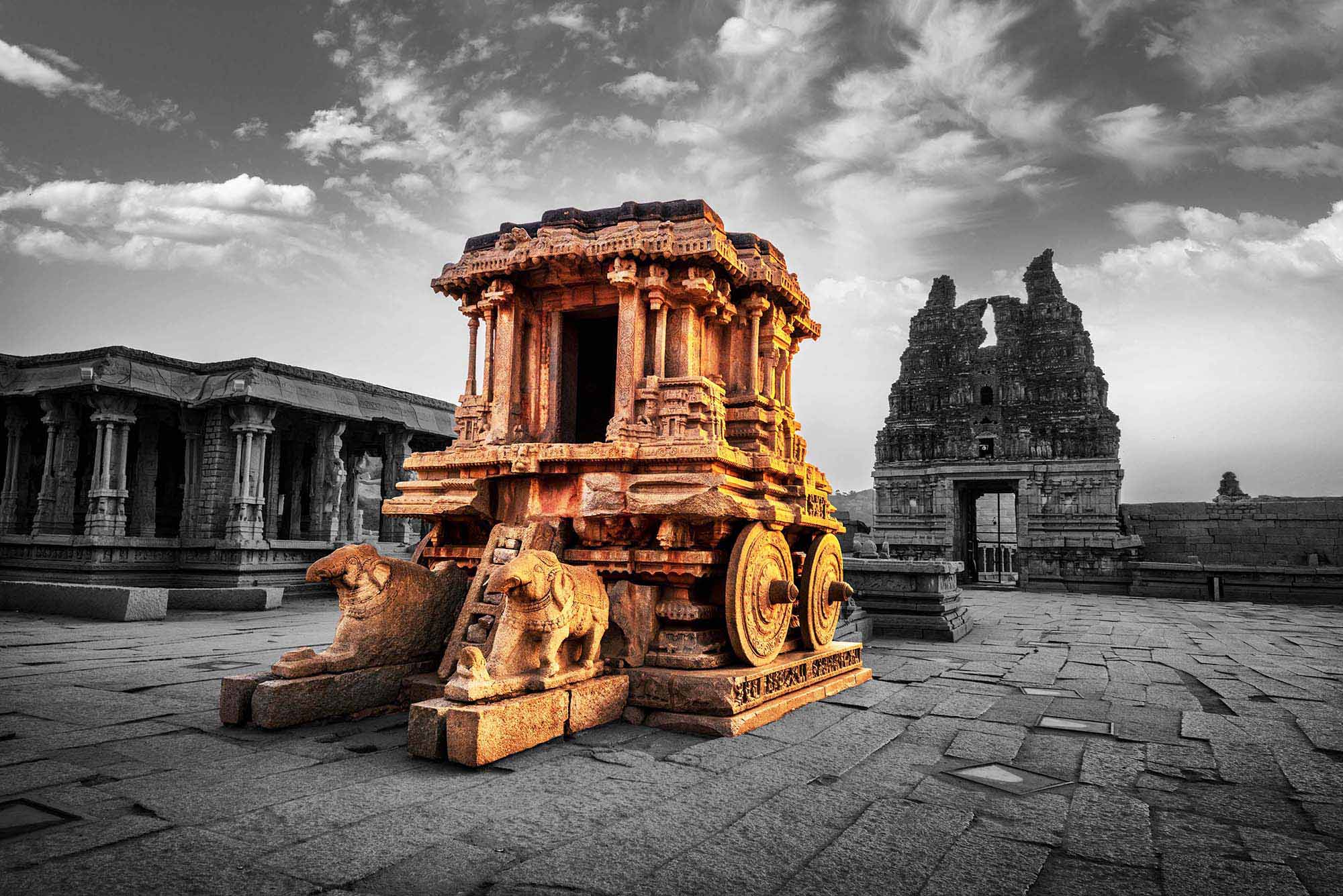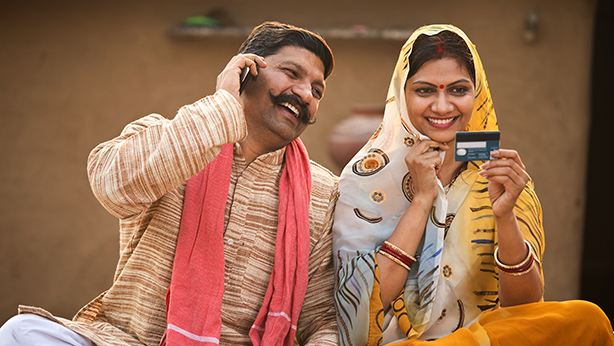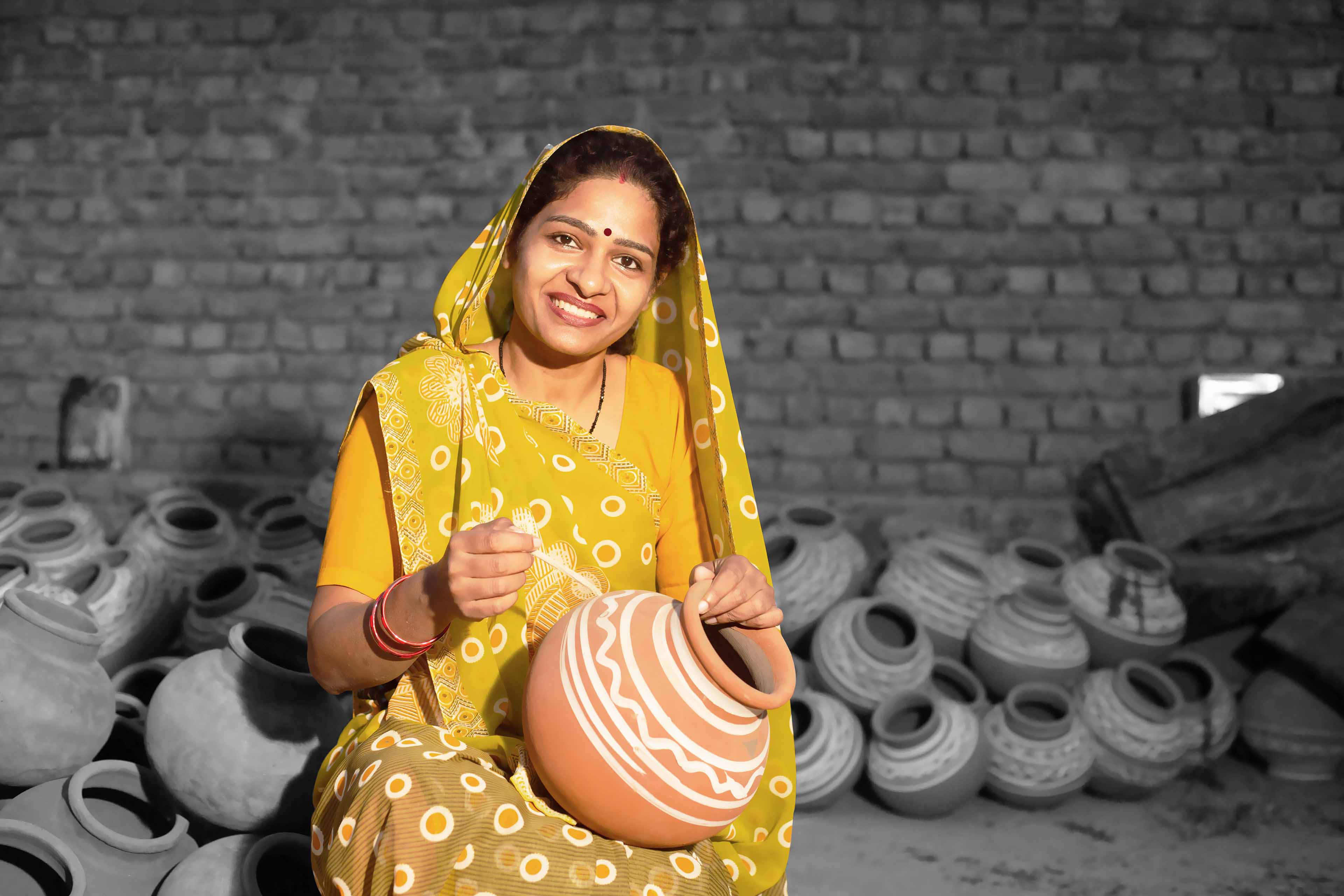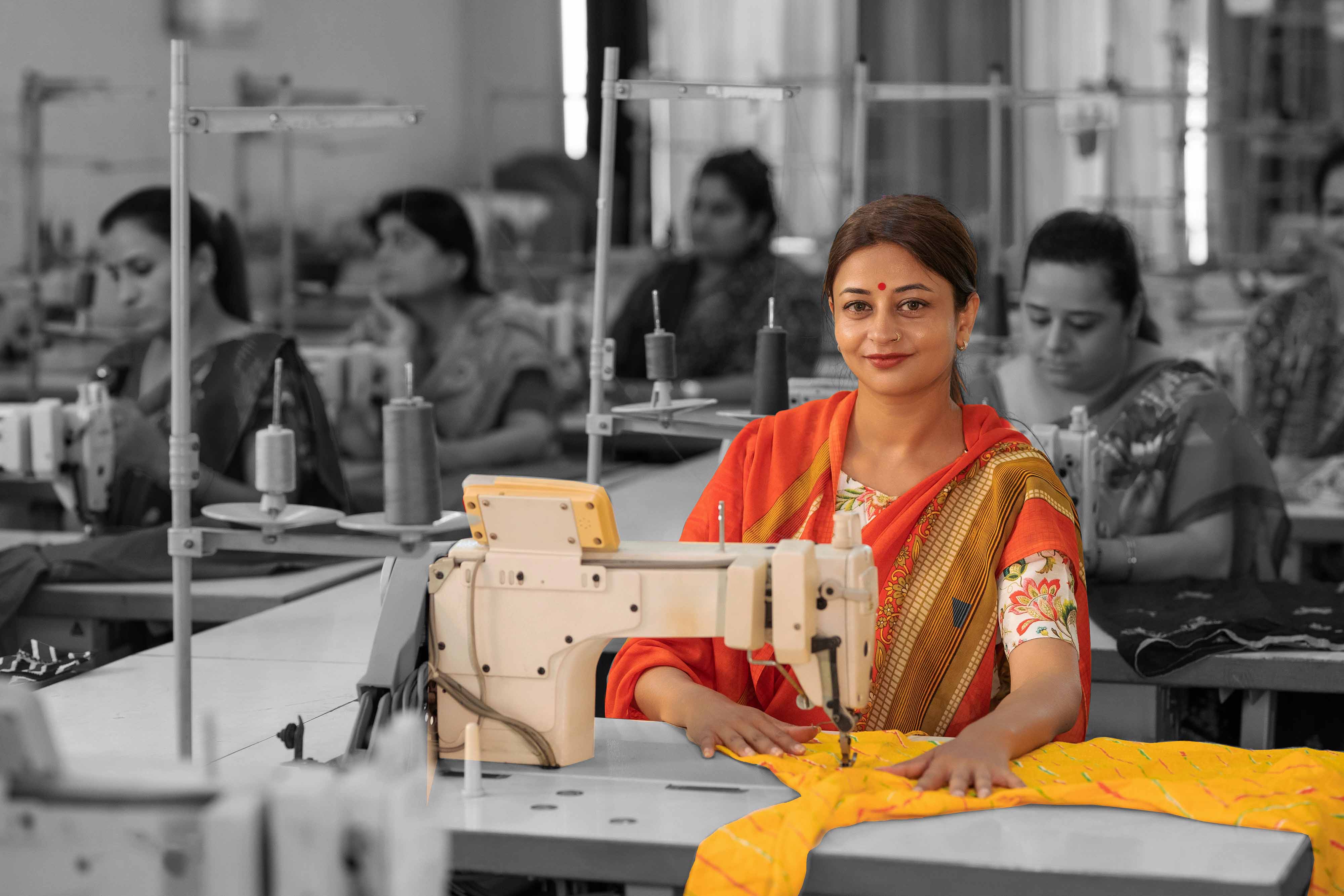Use your power to make a difference by joining our Let's Do Good initiative.
The Importance of Child Protection Policy in India's Adoption System
Monday , 22 September 2025- 5 min. read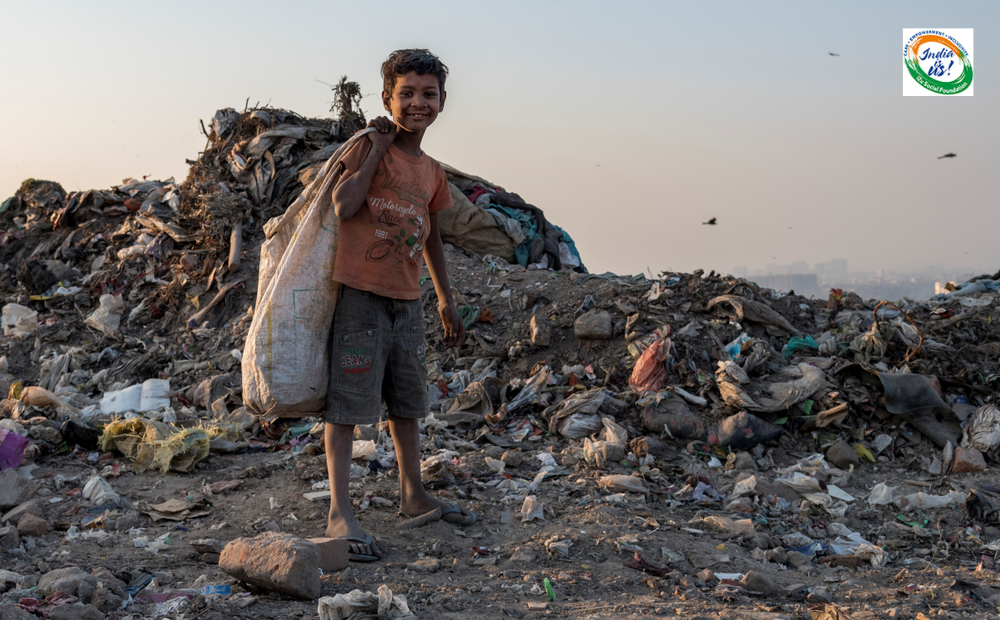
All children are entitled to a home that is safe and full of love. Thousands of children languish in institutions awaiting the calls of families in India. Adoption System in India joins these children to loving parents.
Policies on child protection serve as protective measures. Child Adoption Policy in India protect children in the process of adoption against harm, abuse, and poor decisions. These regulations ensure that only qualified families adopt children. They also ensure that children are taken to homes where they will prosper.
Adoption Laws in India are powerful and protect children. These laws give priority to children.
What is Child Protection Policy in India?
Child Protection Policy in India refers to a code of regulations and laws. These regulations act as the child protection in adoption process. Child Welfare and Protection in India encompass numerous spheres of the child life. This involves safeguarding against abuse, neglect and violence. It can also be called as the Child Care and Protection Policy.
The primary adoption laws in India are the Juvenile Justice Act of 2015. This legislation regulates the way India treats children in need. It establishes children courts. It develops regulations of child care institutions. Most importantly, it describes how the adoption ought to be done.
Protection of Children Sexual Offences Act (POCSO) is also a part of the policy. This is a law that is designed to defend children against sexual crimes. It is used in the adoption procedures as well. This law is used to conduct background checks on the potential parents.
Child protection in adoption process rules is also available in the state governments. These are in conjunction with national laws.
Features of Child Protection Policy in India
The Child Welfare and Protection in India has a number of characteristics. At the beginning, it prioritizes the needs of children. This implies that any decision made should be in the best interest of the child.
In the system, there are professionally trained individuals. Social workers research about adoptive families. They pay visits to houses several times. They verify financial documents and criminal history. It is only approved families which can move forward.
The system attempts to go ahead to place children in good homes within a short time. Prolonged queues in institutions negatively affect the growth of children. Rapid and slow pacing aids children to grow normally.
Detailed records are also kept in the system. Every step gets documented. This brings about accountability. It also aids in monitoring what is working and what is to be improved.
Adoption System in India
The Child Adoption Policy in India is based on Central Adoption Resource Authority (CARA). CARA handles the whole adoption process in the country. It links children and families in a systematic manner.
The Child Adoption Policy in India identifies various forms of adoption. Indian families have the first preference. This makes children keep touch with their culture as much as possible.
Child Care and Protection Policy include various groups of children. There are age restrictions to adoptive parents. Single parents are allowed to adopt, with a few limitations. Existing regulations are a challenge to same-sex couples.
The adoption is final and binding through legal procedures. Adoption takes place through court orders. New birth certificates are issued. The child is made an entire legal member of the new family.
Principal Adoption Laws in India
|
Law Name |
Applicability |
Key Provisions |
|
Juvenile Justice (Care and Protection of Children) Act, 2015
|
All Indian citizens, irrespective of religion
|
Governs adoption of orphaned, abandoned, and surrendered children
|
|
Hindu Adoption and Maintenance Act (HAMA), 1956
|
Hindus, Buddhists, Jains, Sikhs
|
|
Child Adoption in India Rules
In India, there are a number of significant regulations that apply to adoption. Age regulation states that the parents should be of at least 25 years. The difference between the parents and children should not be more than 45 years. These guidelines assist in making sure that parents can take care of children.
The requirements of marriage are different. Both spouses must approve married couples. Single individuals are open to adoption with certain limitations. As an illustration, a single man is not allowed to adopt girls.
Financial stability is verified keenly. Parents should demonstrate the ability to take care of a child. These involve stable earnings, decent housing and access to health care. Children require safe places to develop well.
There is a requirement of having medical fitness certificates. Physical and mental health is assessed. This is to assure parents of being able to take good care of children. It also detects any support needs at an early stage.
The process of character checking occurs by use of police records. Any history of criminality is checked thoroughly. People are normally disqualified in case of serious crimes. The number one priority is child safety.
Home studies report gives family evaluations in depth. Social workers are associated with families. They examine living conditions, family relationships, and parenting readiness. Such reports have a very powerful effect on adoption.
There are waiting times in between application and placement. This buys time to conduct relevant appraisal. It also allows families to make appropriate preparations towards their new child. Speeding up the process would be detrimental to all parties.
Child Protection in the Adoption Process
The adoption system in India begins the child protection at the point of adoption itself. There is certain child adoption in India rules that you must adhere to.
Screening at an early stage eliminates unqualified candidates. This saves time and helps children to be in safe settings.
Background verification takes place over several steps. Criminal records are obtained through local police. Employers verify job security. This is an all-inclusive examination that creates a full picture.
Medical assessments safeguard both the children and the parents. HIV testing averts disease infection. Mental health screening helps to detect conditions that may have an influence on parenting. Complete medical disclosure assists in the matching of children with suitable families.
Home visits provide workers with an opportunity to observe actual living. They examine such safety aspects as safe windows and adequate food storage. They also watch family dynamics in an interaction in its natural state. Such visits show things that applications do not indicate.
Families are prepared to face challenges of adoption through counselling. Institutional children might possess special needs. They may experience problems with attaching or have behavioural problems.
Child Welfare and Protection in India is furthered through post-adoption support. Child adjustment is followed up periodically. Support groups aid in sharing of experiences and solutions with families. Professional assistance is also on call.
Legal protection will provide correct documentation. Each step is documented. Adoptions are not finalized by the courts without going through all paperwork. This stops fraud and safeguard the rights of all people.
Importance of Child Protection Policy in Adoption System
The child protection policy In India has several critical functions in adoption. They ensure that children do not find themselves in abusive homes. Through careful screening, families capable of abusing and neglecting children are detected. This screening process spares children of terrible experiences.
The adoption system is also safeguarded by these policies. In case of wrong adoptions, faith in the system is lost. Individuals will be hesitant to embrace or even promote adoption programs. Good protection policies ensure that the people have trust in the system.
Money security is important as well. Adoption is associated with huge expenditures and law obligations. These responsibilities are made known to the families through proper policies. They also avoid fraud and exploitation of desperate parents.
When feasible, cultural protection conserves the heritage of children. Indian children are given first preference to the Indian families. This aids in keeping cultural ties. Children acquire their traditions and language through natural means.
These policies help in maintaining the international standards. India should adhere to international adoption procedures. Close domestic policies serve to assist India in the international adoption programs. This increases the opportunities of children requiring homes.
Good child adoption in India rules is beneficial in future planning. The successful adoptions result in healthy adults. They add value to the society. Child Care and Protection Policy also ensure adoption programs to the next generations.

